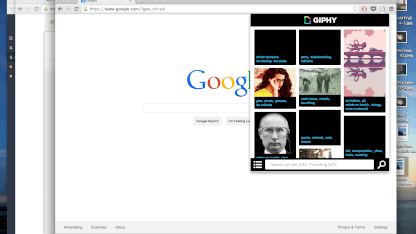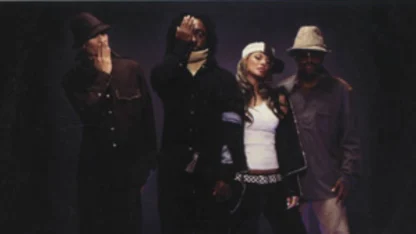House of Marley F Watch





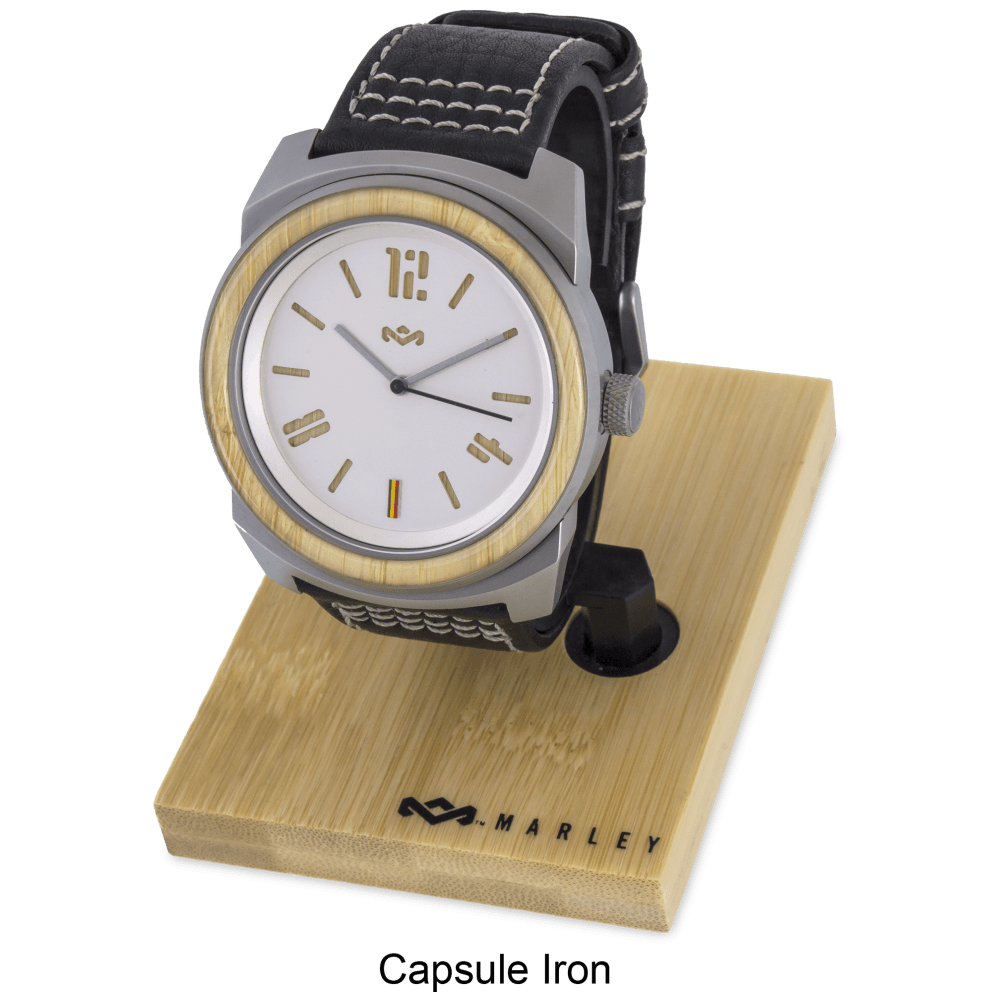

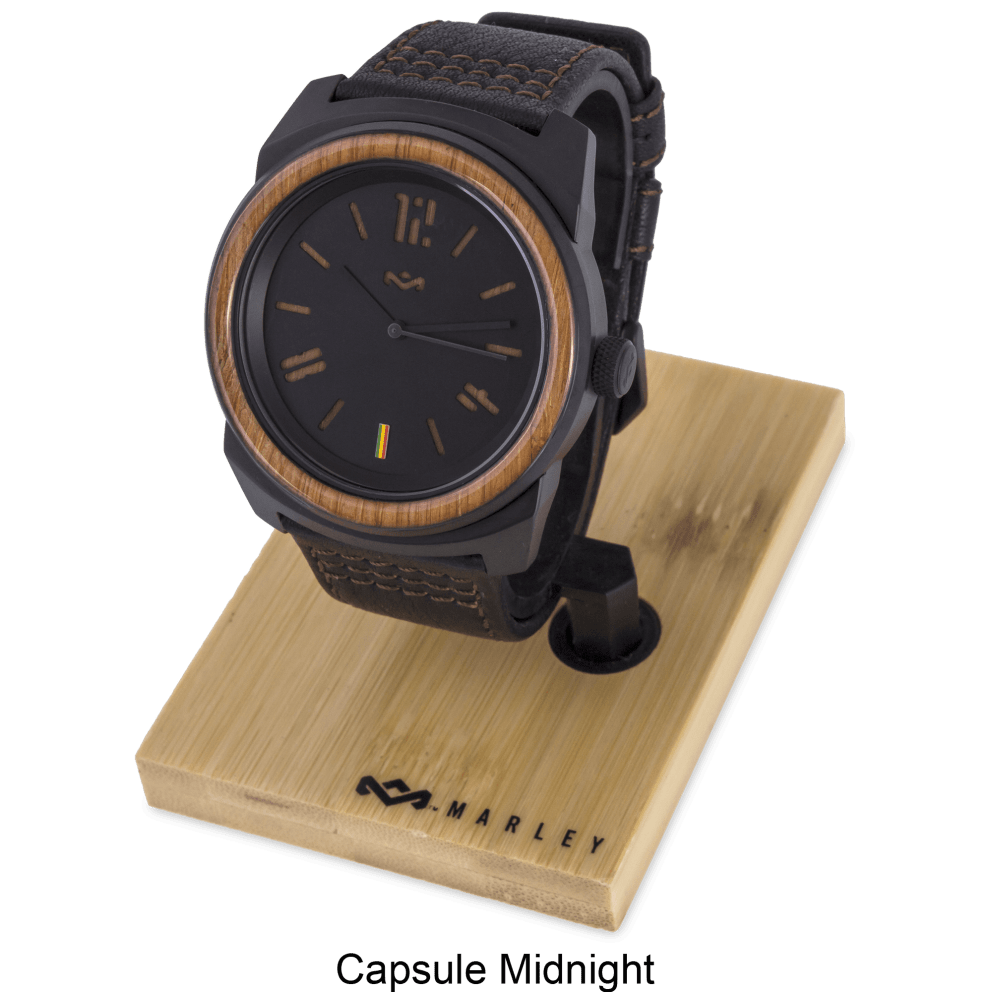

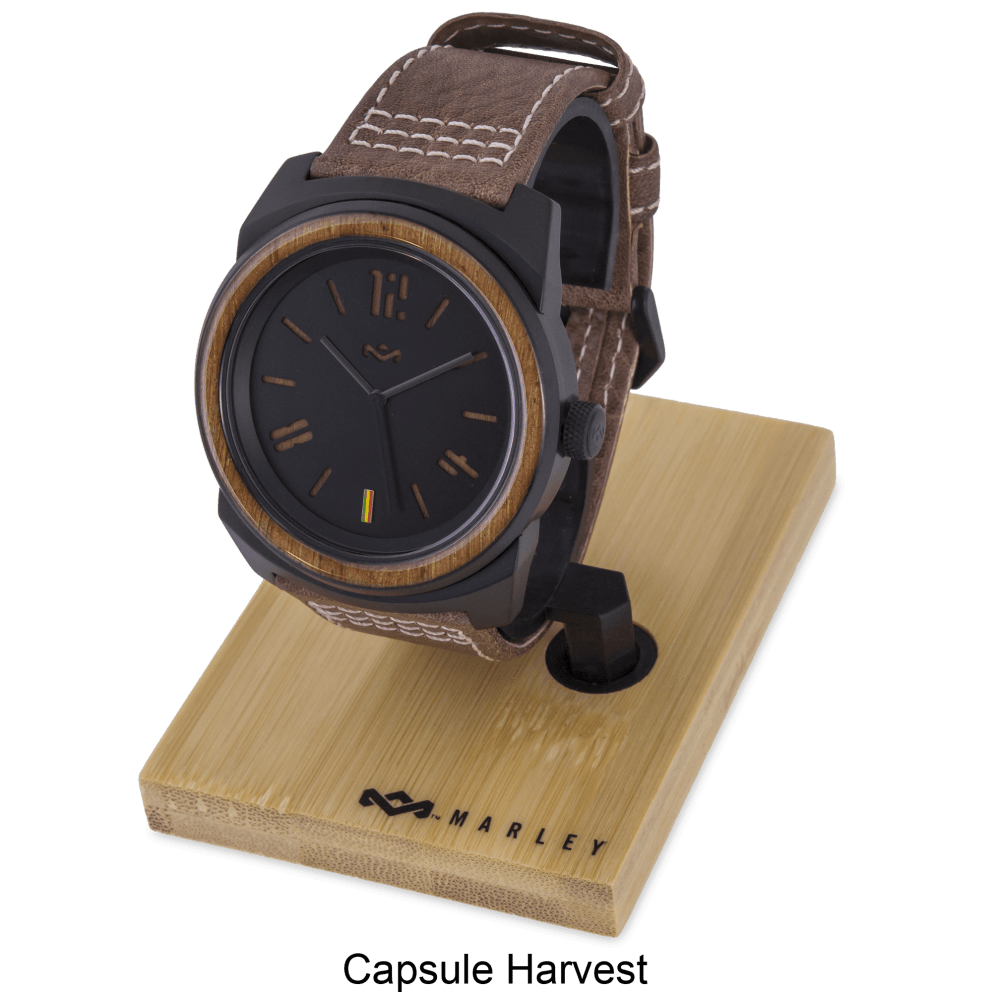



Our Take
- Look at the pictures for style/color options, they’re worth thousands of words in total
- All the watches have sustainably harvested wood details and leather bands
- They also just feel like nice watches, but we would say that, wouldn’t we?
- Model: WM-FA004, WM-FA005, WM-FA006 (we congratulate House of Marley for not including JAH, IRIE, or 420 in any of their model numbers)
Beyond the Legend
We like a lot of things about these House of Marley watches. They’re tasteful, they’re well-made, they incorporate the whole reggae connection in an intelligent, subtle way. We think they’re well worth our price. But what we like most today is that they give us an excuse to talk about Bob Marley.
Like other gone-too-young musical icons from Jimi Hendrix to John Lennon, Marley’s iconic status simplifies a complex character into a… well, an icon. The foundational scripture of this congregation is Legend, the greatest-hits album that’s one of the biggest-selling albums of all time. It continues to sell a few thousand copies a week in the U.S. alone, probably mostly to freshmen going off to college. It’s been on one Billboard chart or another for almost a thousand weeks.
While it’s hard to argue with the greatness of those 14 songs, that collection omits years of his career, and whole aspects of his songwriting talent. It presents Marley as a monument, with some of the more interesting details carved away. If you love Legend but don’t know much beyond that, here are ten suggested directions for further exploration. And if too much exposure to Legend has dulled Bob Marley’s appeal, take a listen and you might be surprised.
Bob Marley’s first record was released in 1962, when he was just, 17 by Beverley’s, a label run out of a Kingston ice cream shop by Chinese-Jamaican named Leslie Kong. (See? The story’s more interesting already.) Beverley’s was one of the leading purveyors of the new local twist on New Orleans R&B called ska. “Judge Not” by Robert Marley and the Beverley’s All-Stars is a quintessential example of the style:
Marley soon hooked up with two other ghetto youths with great voices, Peter Tosh and Bunny Livingston, to form the Wailers. The Jamaican vocal groups of the time followed the Motown model, right down to the matching suits. But the first Wailers single, “Simmer Down”, is pure Kingston from its ska bounce to its lyric admonishing “rude boy” hooligans to clean up their act:
Speaking of “Hooligans”, here’s one more from the Wailers’ ska period, just because it’s such an underappreciated part of his career - and such a contrast to the poster-and-t-shirt image of Marley. There’s nothing mellow about those ratatat drums or Bob’s raw vocal:
Unusually for an aspiring Jamaican teenage singer, Marley had written his own songs right from “Judge Not”. He remains probably the most distinctive, individual songwriter in reggae history, in a way that transcends genre. You can hear that in this acoustic version of “Cry to Me”, recorded in his hotel room in Sweden in 1971. The Wailers had recorded a ska version in 1966, and he’d record a disco-inflected reggae version in 1976. But here, it’s not a ska song or a reggae song - it’s just a song:
In 1970, reggae’s greatest songwriter and reggae’s greatest vocal group approached reggae’s greatest producer. Lee “Scratch” Perry’s recordings of the Wailers brought an entirely new quality to their sound: eerie, sparse, both primal and futuristic at the same time, as on “Sun is Shining”:
Perry also brought a masterful touch to lighter material, like that propulsive muted guitar hook and those honeyed harmonies on a version of Richie Havens’s “Indian Rope Man” reworked as “African Herbsman”:
Their ultimate collaboration, though, was “Small Axe”. At the time, Perry’s Upsetter label was challenging the “Big Three” labels that controlled Jamaican music (Studio One, Treasure Isle, and Federal), the “big t’ree” of the song’s punny chorus. It makes starting an independent record label sound like a Biblical quest:
Ironically, “Small Axe” wouldn’t be released until a new version was recorded by the Wailers for a label that made the “big tree” look like so many acorns. Island Records would make Bob Marley a global superstar. They would lose Peter Tosh and Bunny Livingston in the process, turning “the Wailers” into the name for whatever band of musicians was backing Bob from album to album.
The rest of Bob’s career is covered amply by Legend and easy to hear on his Island Records albums. But even those well-known records are rich with underrated gems. For almost any other artist, a song like “Talking Blues” would be the achievement of their lives. For Bob Marley, it’s just another LP cut, from 1974’s Natty Dread:
While superstar Bob was no longer in intimate touch with the latest rhythms from the Kingston studios, his ears were open to the wider musical world. “Punky Reggae Party”, the b-side of “Jamming”, was his salute of solidarity to the punk rock explosion in the UK, name-checking the Damned, the Jam, and the Clash. It’s best heard in this version from the live album Babylon by Bus:
Stardom did not dull his political edge or his way with a tune, as heard on one of his most irresistible liberation anthems, 1979’s “Africa Unite”:
It’s a long way from “Judge Not”, but these ten songs still only tell part of the story. Bob Marley’s body of work is as rewarding to dig through as any other artist we can think of, even if you’re numb to the magic of “Get Up Stand Up” and “I Shot the Sheriff”.
Why were we talking about Bob Marley? Oh, right, we’re selling some watches. Well, if you want to see more posts like this, maybe buy a watch…? OK, there, we said something to try to sell the product. Now we’re going to listen to more Bob Marley.





